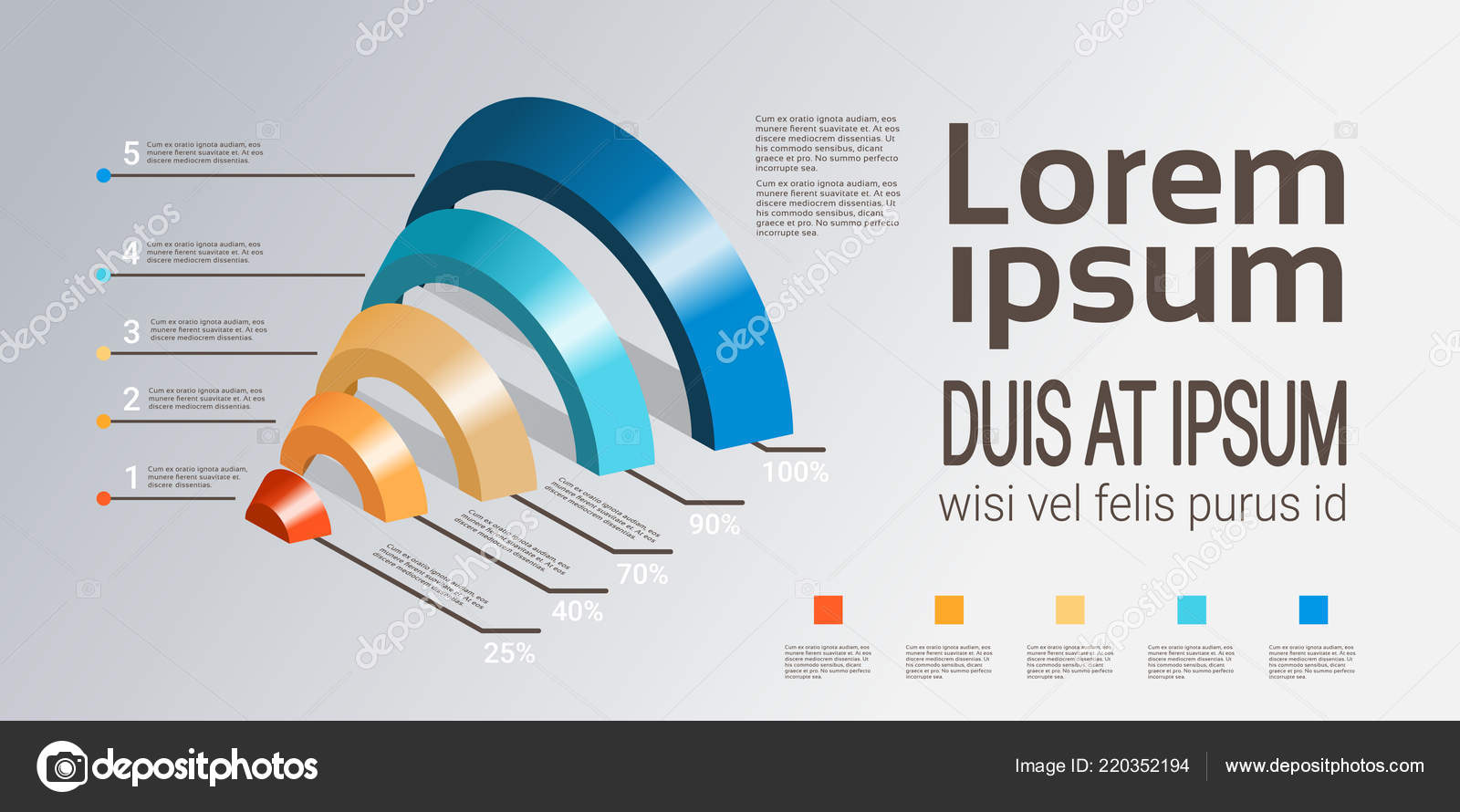Intrigued In Discovering Just How Web Site Style Has Changed Throughout The Years? Discover The Journey
Intrigued In Discovering Just How Web Site Style Has Changed Throughout The Years? Discover The Journey
Blog Article
Write-Up By-Thorsen Bojesen
In the past, sites were straightforward and concentrated on info. Navigating was direct, and layout was for desktop computers. Currently, customer experience is essential. Data overviews layouts for easy navigating. Receptive formats match various gadgets. Today, dark setting lowers pressure, and minimal food selections improve navigation. Interactive functions engage users, and strong visuals stand out. AI assimilation enhances engagement. See just how design has developed to boost your on the internet journey.
Early Days of Web Design
In the very early days of web design, simplicity preponderated. Web sites were basic, with minimal shades, fonts, and layouts. The emphasis was on supplying information rather than flashy visuals. Customers accessed the web with slow dial-up links, so rate and capability were crucial.
Navigation food selections were straightforward, commonly situated at the top or side of the web page. Sites were designed for desktop computers, as mobile surfing had not been yet prevalent. Material was king, and designers focused on simple readability over complicated layout elements.
HTML was the main coding language used, and designers needed to function within its constraints. Computer animations and interactive attributes were minimal compared to today's requirements. https://www.jdsupra.com/legalnews/seo-for-law-firms-12-tips-on-writing-1968255/ were static, with little dynamic content or individualized customer experiences.
Rise of User-Focused Design
With the development of site design, a shift towards user-focused design concepts has come to be increasingly popular. Today, producing websites that prioritize user experience is critical for involving site visitors and attaining service goals. User-focused layout entails understanding the demands, choices, and actions of your target market to customize the site's layout, material, and includes accordingly.
Developers currently carry out detailed study, such as customer studies and use testing, to gather understandings and comments directly from customers. This data-driven method assists in producing instinctive navigating, clear calls-to-action, and visually enticing user interfaces that resonate with visitors. By positioning the customer at the facility of the design process, sites can provide a more personalized and satisfying experience.
Receptive design has actually also emerged as a crucial aspect of user-focused layout, making sure that internet sites are maximized for different tools and screen dimensions. This versatility boosts accessibility and use, accommodating the diverse ways users connect with websites today. In essence, the increase of user-focused design represents a shift in the direction of developing digital experiences that focus on the demands and assumptions of the end customer.
Modern Trends in Web Design
Check out the latest trends forming website design today. One popular pattern is dark mode style, offering a smooth and modern look while minimizing eye strain in low-light atmospheres. An additional crucial fad is minimal navigating, simplifying menus and enhancing individual experience by focusing on essential elements. Incorporating micro-interactions, such as computer animated buttons or scrolling impacts, can create a much more appealing and interactive site. Responsive layout remains critical, guaranteeing seamless individual experiences across different gadgets. Additionally, utilizing bold typography and asymmetrical designs can include visual interest and accentuate specific content.
Integrating AI innovation, like chatbots for customer support or customized referrals, enhances customer engagement and simplifies processes. Ease of access has also end up being a significant fad, with developers focusing on comprehensive style methods to cater to diverse customer demands. Accepting sustainability by enhancing site performance for speed and effectiveness is an additional arising pattern in website design. Teaming up with customer feedback and information analytics to iterate and improve style continuously is crucial for remaining appropriate in the ever-evolving digital landscape. By embracing these modern-day fads, you can develop an aesthetically enticing, easy to use website that reverberates with your target market.
Final thought
As you assess the development of website layout from the very early days to currently, you can see exactly how user-focused style has become the driving pressure behind modern patterns.
Embrace the trip of adjustment and adaptation in web design, always maintaining the individual experience at the forefront.
Keep present with the latest fads and modern technologies, and never ever stop developing your approach to produce aesthetically stunning and user-friendly websites.
Evolve, adjust, and create - the future of web design is in your hands.
